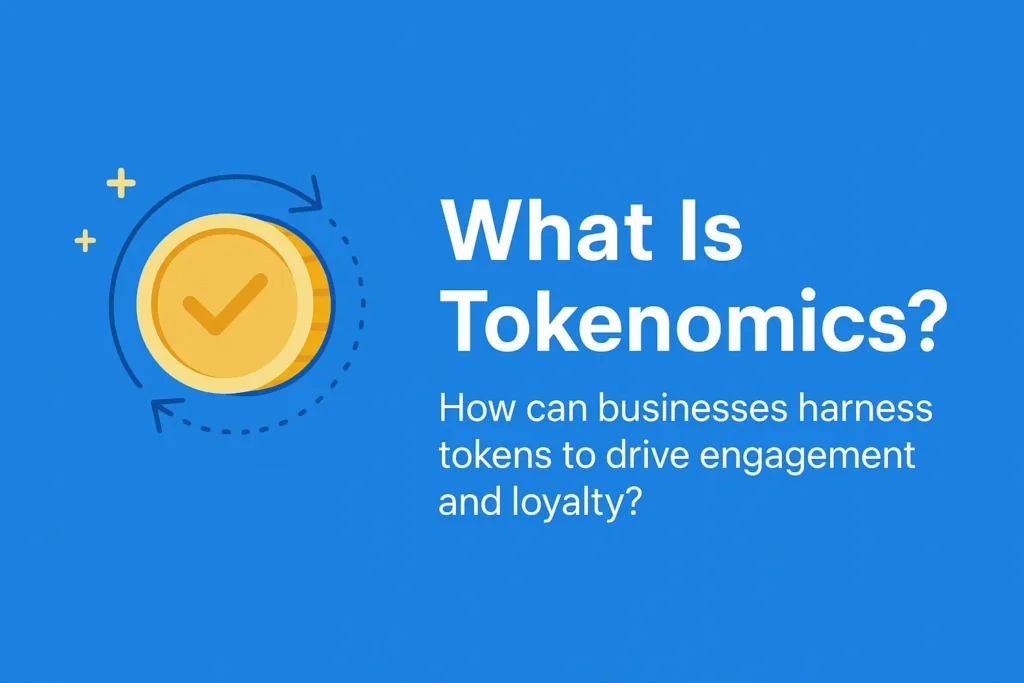Tokens Are More Than Just Money – They can be access keys, voting rights, collateral, reputation markers, or even digital twins of real-world assets.
The article lists 10+ ways tokens function, from governance (Uniswap’s UNI) to staking (Ethereum’s ETH).
Tokenomics transforms trust into programmable incentives, aligning individual actions with network goals. Beyond currency, tokens serve as access keys (GRT), voting rights (UNI), collateral (staked ETH), and reputation markers (POAPs). They enable decentralized governance, staking rewards, and tokenized real-world assets (PAXG). Well-designed systems—like Bitcoin’s mining rewards—make cooperation more profitable than cheating. Businesses leverage tokens for customer rewards (BAT), contract enforcement, and infrastructure crowdsourcing (Helium). However, tokenomics isn’t universally applicable; it thrives in decentralized, multi-party ecosystems but falters with regulatory hurdles or user complexity. Ultimately, it replaces centralized control with mathematically enforced collaboration, reshaping how value and trust operate in digital economies.
Unlock Full PDF For Free
Send download link to:

